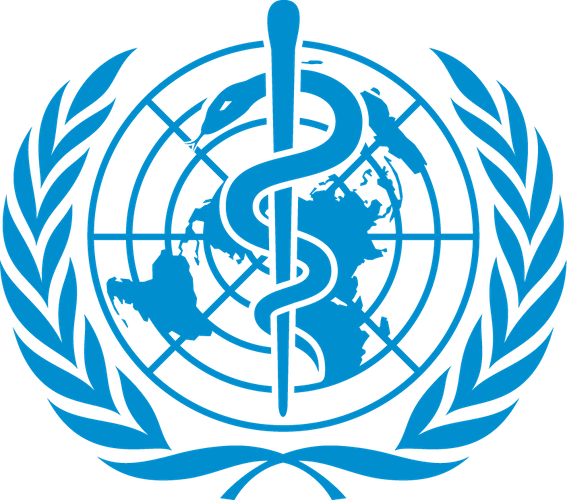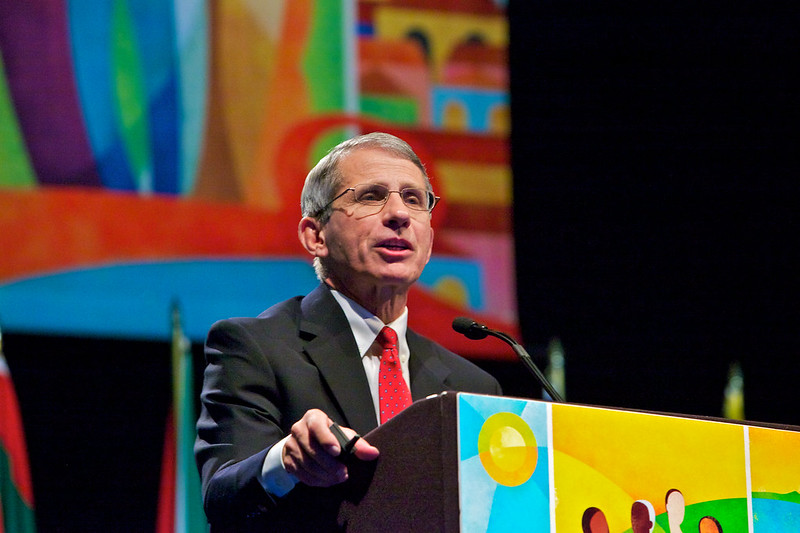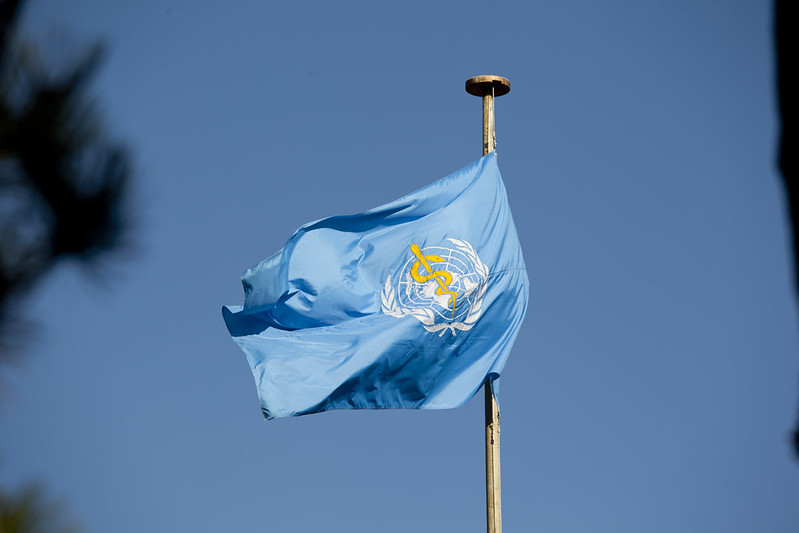
On July 7, President Donald Trump announced he has officially begun the process to withdraw the United States from the World Health Organization (WHO), the United Nations’ global health agency. His administration notified Congress and the UN of the decision at the end of May but it’s a move he’s been threatening since early on in the pandemic.
Trump’s steps to terminate our relationship with the WHO coincides with a surge in coronavirus cases in several states. The U.S. is seeing record hospitalizations as states attempt to rush reopening measures, leading to a shortage of hospital beds—with a younger demographic now making up the largest percentage of new cases and deaths.
According to Dr. Anthony Fauci, director of the National Institute of Allergy and Infectious Diseases (NIAID), we are still only “knee-deep” in the first wave of the virus.
“[T]his would not be considered a wave … [but] a resurgence of infections superimposed upon a baseline … that really never got down to where we wanted to go,” said Fauci.

Who Does Pulling Out of the WHO Hurt?
Namely, all of us.
The WHO directs and coordinates international health and research efforts among 194 countries, and has been instrumental in the fight against COVID-19. Currently, the WHO is working to supply hospitals around the world with equipment to combat the shortage of medical supplies—such as ventilators and testing kits.
The U.S. needs the WHO, and Trump has no alternative lined up amidst a world health crisis—one in which the U.S. seems to be leading. If Trump gets his way and the U.S. were to officially withdraw, the gap in funding that the U.S. provides could adversely affect COVID-19 vaccine research.
The exit will also undo efforts to trace the virus on a global scale, as well as impact international responses—not only to the coronavirus pandemic but also to diseases like polio and Ebola.
Many are outraged by Trump’s order. New Jersey Senator Bob Mendez, the top Democrat on the Senate Foreign Relations Committee, called the action beyond “chaotic and incoherent.”
Why Does Trump Have It Out for the WHO?
Trump said he based the decision on the fact WHO “failed to make the requested and greatly needed reforms”—though it is unclear exactly what “reforms” his administration requested. Trump also repeatedly accused the organization of aiding China in covering up the origins of the virus and allowing its spread.
In mid-April Trump announced he was halting funding to the organization. The U.S. is by far the largest single contributor to the WHO and is responsible for more than 14 percent of its total budget.
For the two-year budget cycle of 2018-19, the U.S. government pledged to contribute $893 million to the WHO, which consisted of a combination of member dues and voluntary contributions.
The decision to withdraw from the WHO has received bipartisan criticism and prompted the presumptive Democratic presidential nominee, Joe Biden, to state he would reverse the decision if elected on his first day of office. In a tweet Thursday, he emphasized the need for the U.S. to remain engaged and invested.
Even those who’ve criticized the WHO in the past argue Trump made the wrong call. Sen. Lamar Alexander (R-Tenn.), chairman of the Senate Health, Education, Labor and Pensions Committee, said he disagreed with Trump’s decision.
“If the administration has specific recommendations for reforms of the WHO, it should submit those recommendations to Congress, and we can work together to make those happen,” Sen. Alexander said.
What Can We Do to Stop This?
When the United States first joined the WHO back in 1948, it did so through an act of Congress. This means—thankfully—that Trump’s order requires Congressional approval again. Congress must pass a resolution that prohibits the U.S. from withdrawing. Otherwise, the order will go into effect on June 6 of next year.
In order to leave the WHO, a country must meet two conditions. First, a letter of intent to withdraw must be received with one year’s notice (this is why the U.S. will remain part of the WHO until June 6, 2021).
Second, the country must fully meet the “payment of assessed financial obligations,” according to reporting by CNN. This means the United States needs to honor the financial promise it made before exiting the partnership.
#WeNeedWHO
In response, the Global Health Council and its multilateral roundtable have begun a social media campaign. To participate, simply use the hashtag #WeNeedWHO on social media. (Reference this social media toolkit for draft tweets and language.)
While the country faces an unprecedented global health crisis, Trump decided to remove the U.S. from the World Health Organization. This is a dangerous withdrawal that puts the safety and health of our country at risk.
And we thought we were in trouble before.






